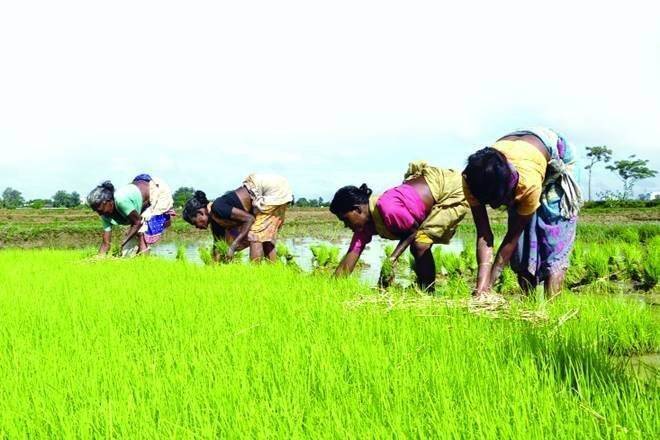New Delhi: Agriculture has seen steady growth in India’s economy during recent years. The Gross Value added (GVA) of agriculture rose by 4.5% in its second quarter of financial year 2021-22, continuing its upward run and making it the lead contributor in India’s growth. A report of the Agriculture ministry has said that there has been an increase of 6.1 % in sowing of rabi crops compared to last year.
Proffesor Shailendra Kumar Yadav, Director, School of agriculture, Indira Gandhi National Open University (IGNOU), told The Sunday Guardian, “The primary cause of the rise in the agriculture sector is because of the push in scientific efforts and transformation done through different interventions.”
He said, “There are certain hindering factors such as global warming and recession in the varietal productivity but despite all these odds, innovations have led to this kind of growth, and second, government schemes and support has also helped in boosting the sector.”
According to the 2011 census, 54.6% of the total workforce is engaged in agricultural and allied sector activities. Some surveys have suggested that the pandemic shutdowns led the labour class fall back to their ancestral lands, thus agricultural activity gained more human capital, helping the sector grow. However, Yadav ascribed the success of the agriculture sector to innovation. Last year, the economy saw a sharp decline of 7.5% in its second quarter, due to the stern lockdowns imposed by the Centre to prevent the pandemic from spreading; yet agriculture had remained at top with the growth of 3.0%, when most other sectors were headed south.
According to estimates of the National Statistic Office (NSO), India’s Gross Domestic Product (GDP) has increased by 8.4% in the second quarter of this year (2021-22) over the same period of last year (2020-21). The sharp sign of recovery in the Indian market has created momentum for investors. There was an increase of 11% in private investment in the second quarter of this fiscal year (2021-22).
Besides agriculture, manufacturing, public administration, defence and other services have seen uptick, but trade, hotels, transport and communication sectors have declined. According to a survey, consumer sentiment has gone down by more than 30%, implying diminished tendency to buy products, but at the same time, private investments have gone up. The recent Reserve Bank of India (RBI) report of Consumer Confidence Survey (CCS)-November 2021, released on 8 December 2021 has shown improvement in public sentiment.
“Consumer confidence continued to improve from the historic low recorded in July 2021 though the assessment for the current period remained in pessimistic terrain; the current situation index (CSI) increased to 62.3 in November 2021 from 57.7 in the previous survey round,” the report reads.
Sunil Kumar, Assistant Professor Department of Business Economics, University of Delhi, said that after facing two Covid waves, the Indian economy is in recovery mode. “The Indian economy is recovering, though the pace of recovery may be sluggish.” Kumar said: “Inclusive growth can be realised only when everyone is given equal opportunity to participate in the development of an economy; however, this is missing in the conventional style of GDP calculations. Moreover, inclusive growth follows the principle of sustainable development, while GDP fails to incorporate environmental sustainability.”
“Inclusive growth emphasises human development and reduces the gap between the different strata of the population. GDP indicates the quantity of growth, while inclusive growth looks for quality of life,” he said.

